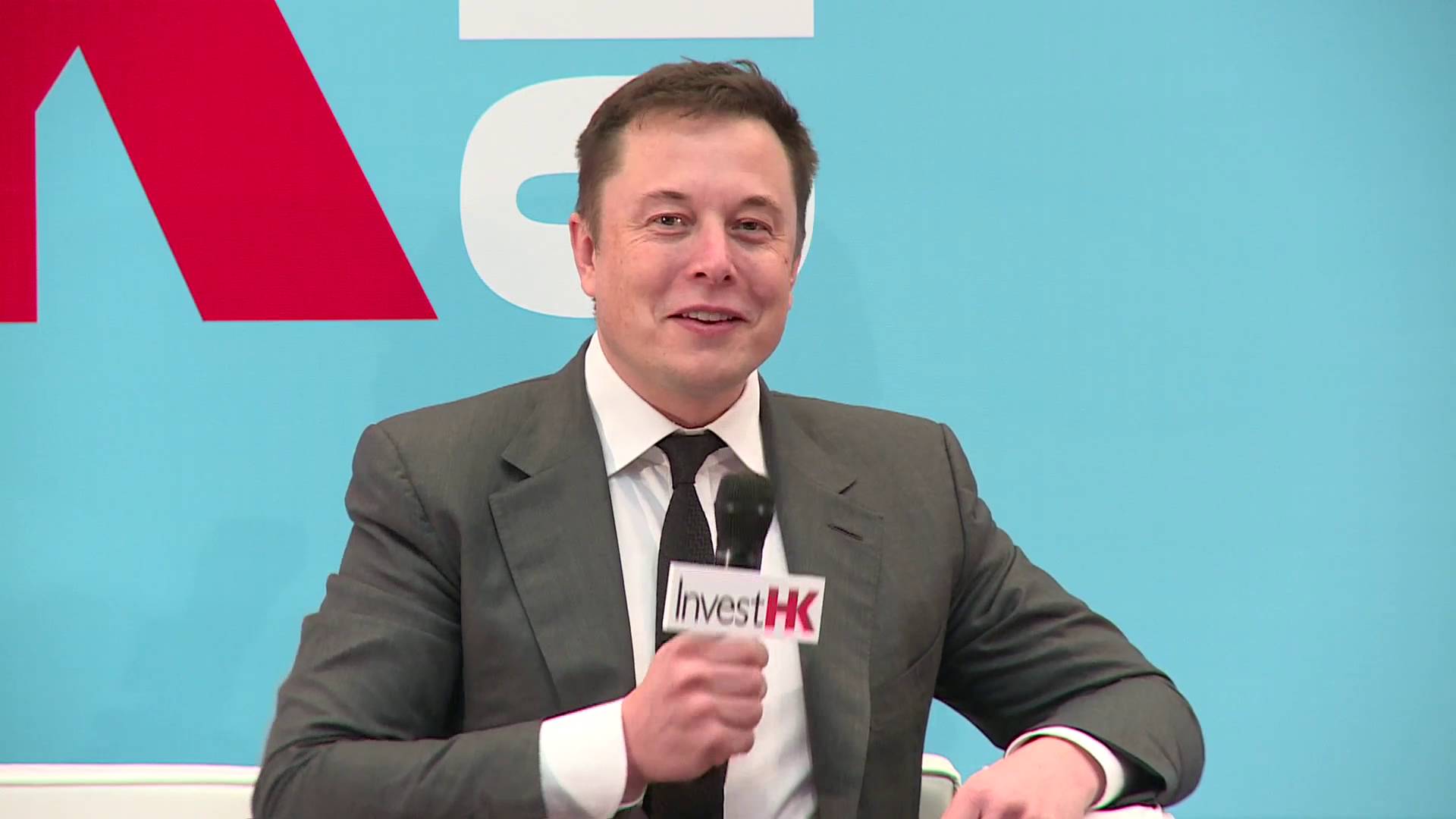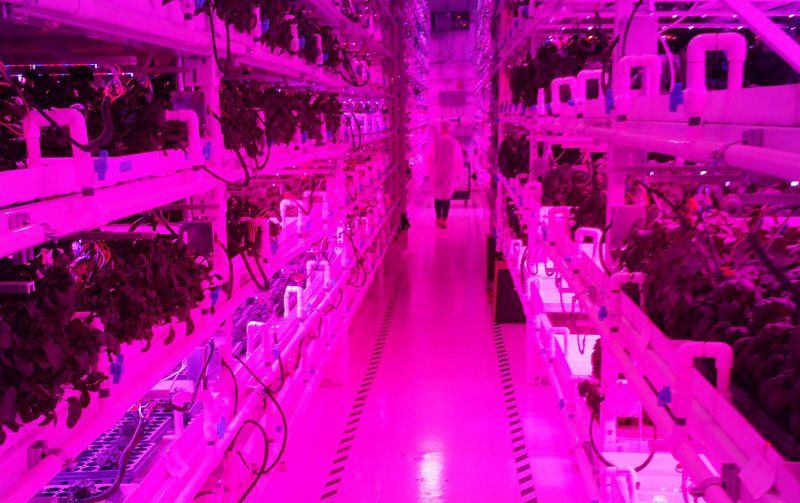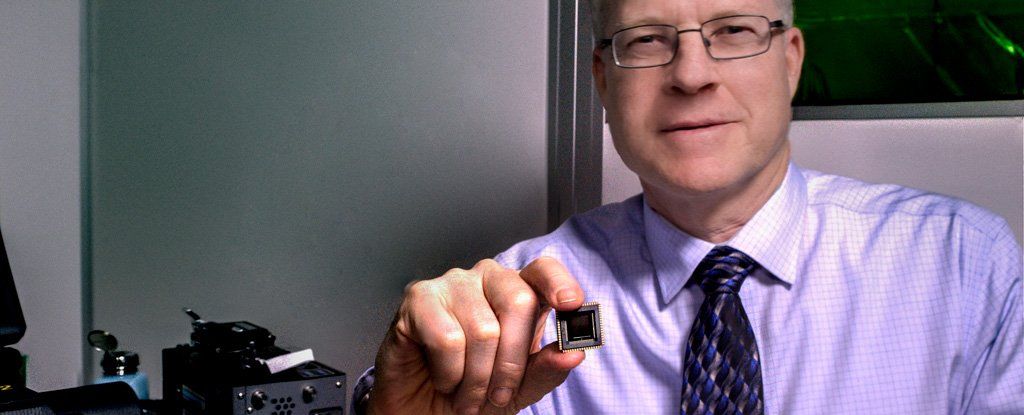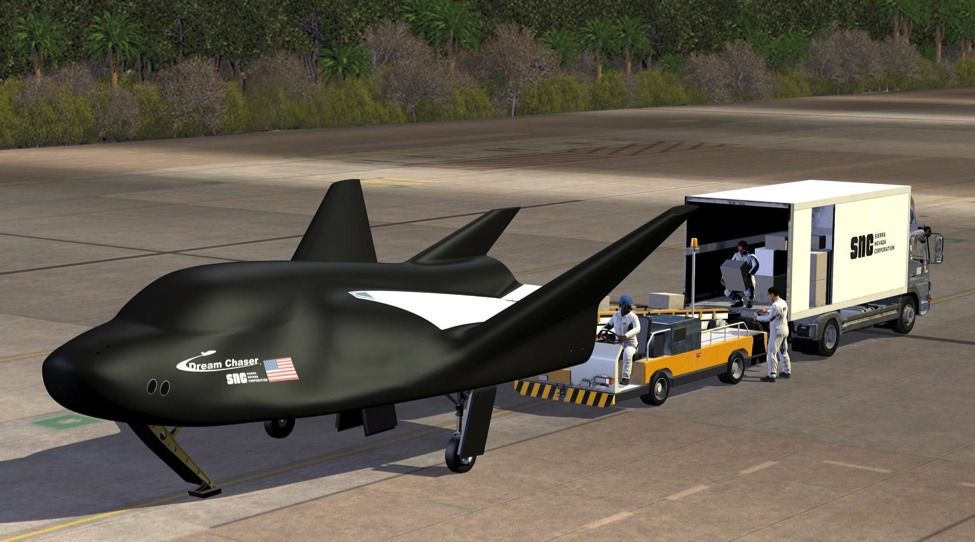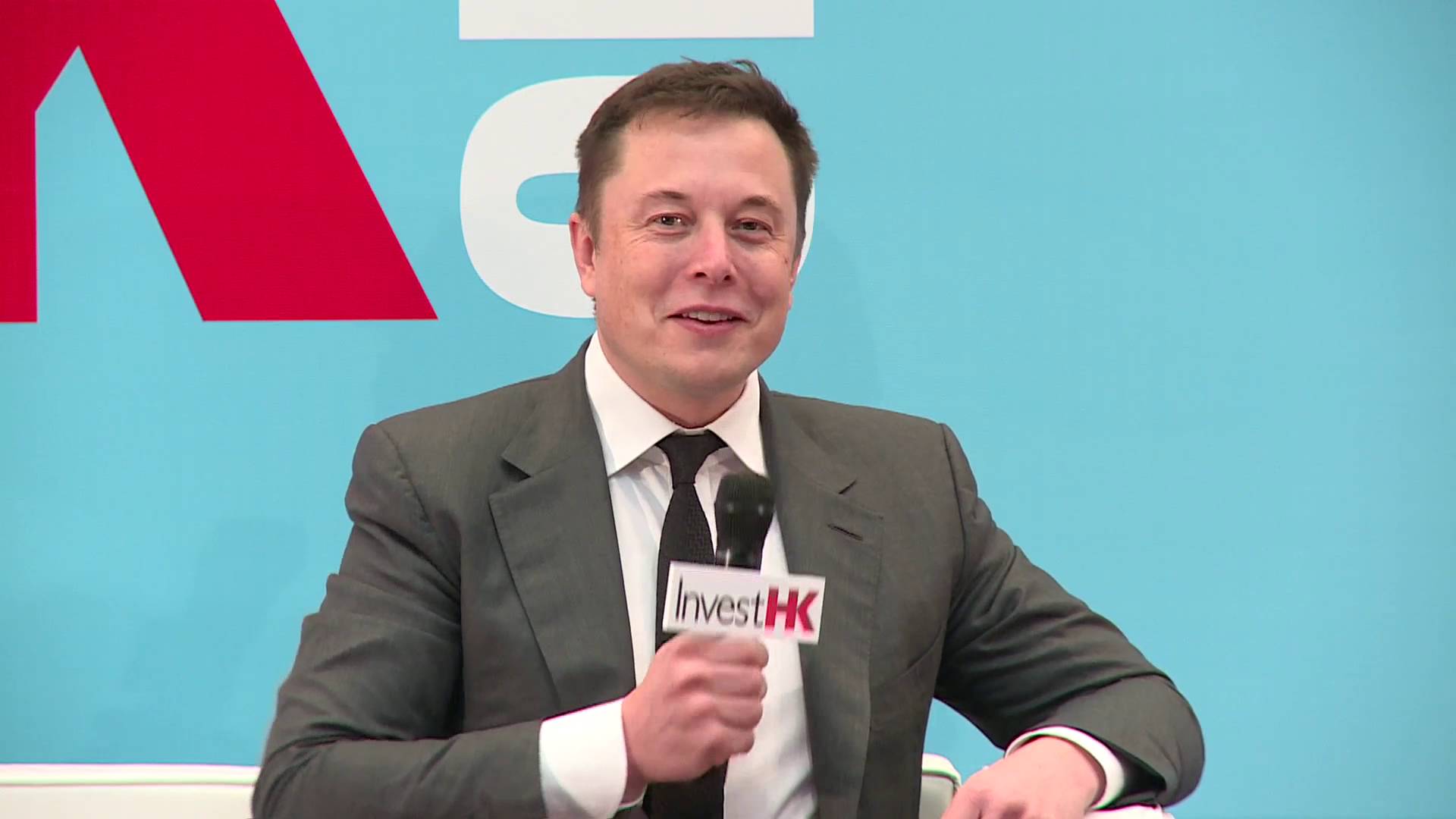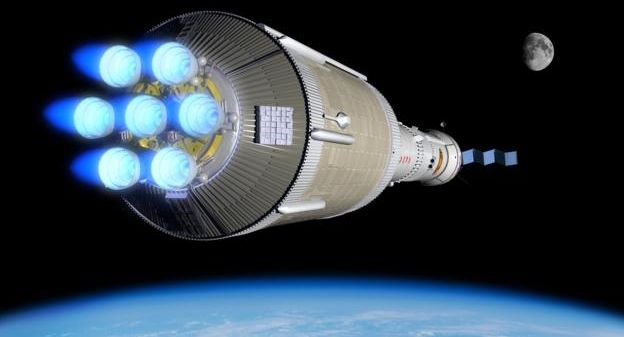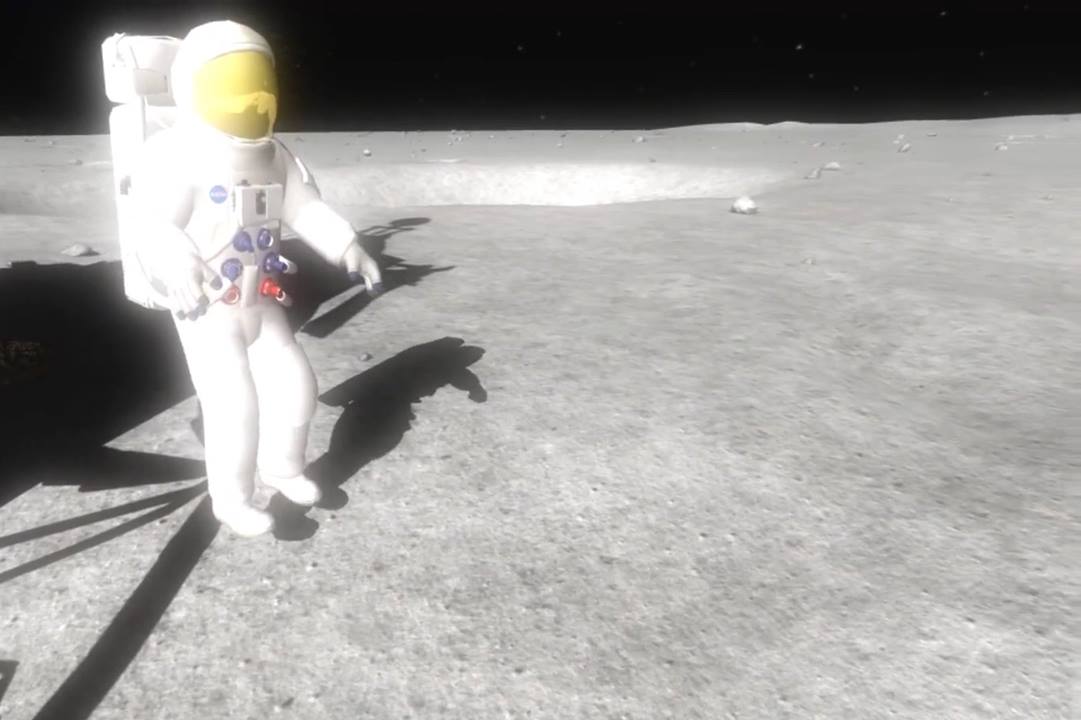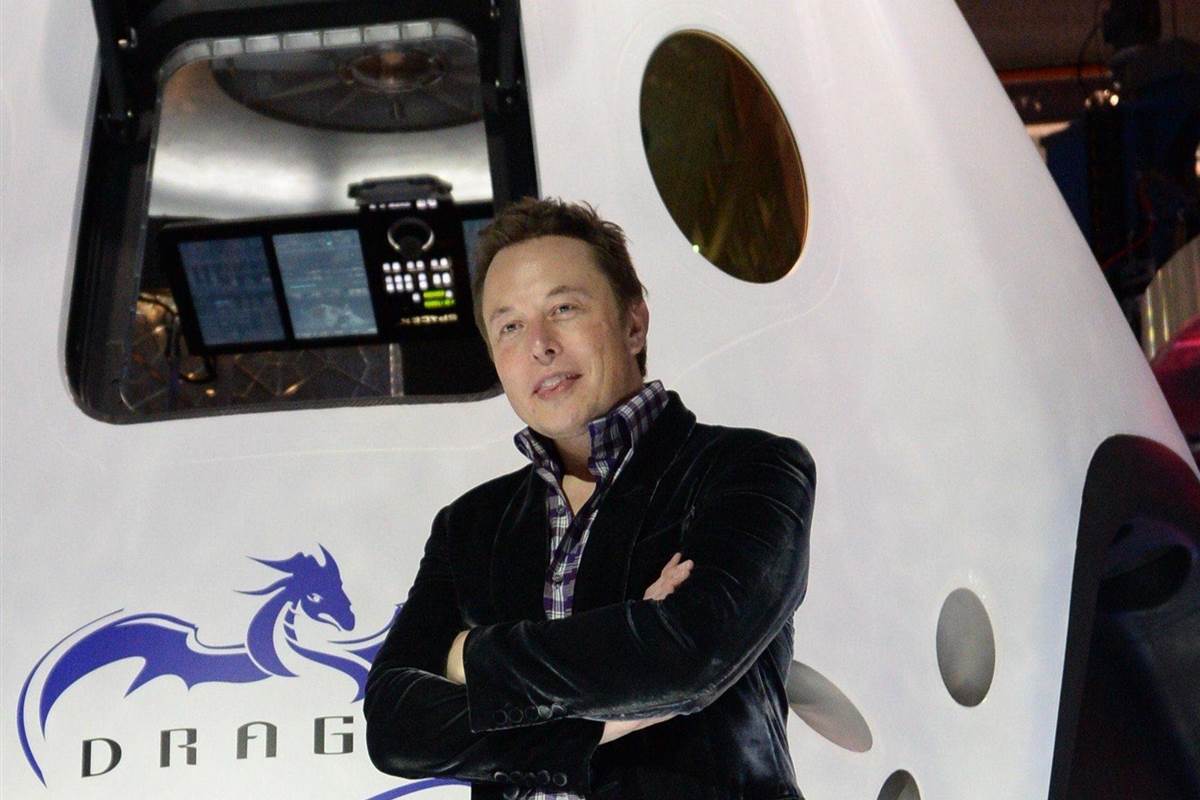At the StartmeupHK Festival in Hong Kong, Musk stated that he was prepared to unveil SpaceX’s Mars roadmap at the International Astronautical Conference, which will take place from September 26 to 30 in Mexico. And according to Berger of Ars Technica, Musk’s plan may call for the kick-off of humans to Mars by 2025, a fairly ambitious goal that puts it nearly a decade ahead of NASA’s nebulous Mission to Mars plans.
SpaceX is working on the Falcon Heavy, a rocket ready to debut later this year capable of lifting 58 tons of material into Low Earth Orbit, which is about four times the lifting power of the Falcon 9. It’s specs are just a few hairs short of NASA’s own Space Launch System, the largest rocket since the Saturn V rockets that carried out the Apollo moon landings.
The Spacex Mars plan may include discussion of both a super-heavy rocket as well as starships that could ferry large numbers of people from Earth to Mars, known as the Mars Colonial Transporter.
